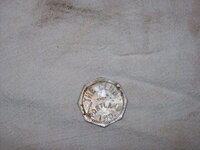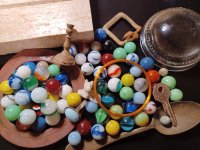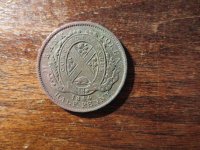colorado14ers
Bronze Member
I found some tokens at friends house, it said Good for five cents in trade The Club portland ind. Any info on the age or The Club? help needed  ......... oh i will try to post some pics tomarow or monday. and their made of aluminum.
......... oh i will try to post some pics tomarow or monday. and their made of aluminum.
 ......... oh i will try to post some pics tomarow or monday. and their made of aluminum.
......... oh i will try to post some pics tomarow or monday. and their made of aluminum.






